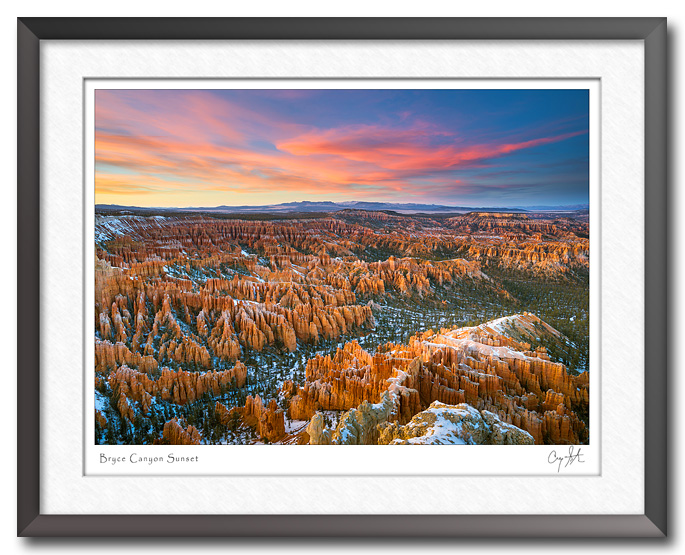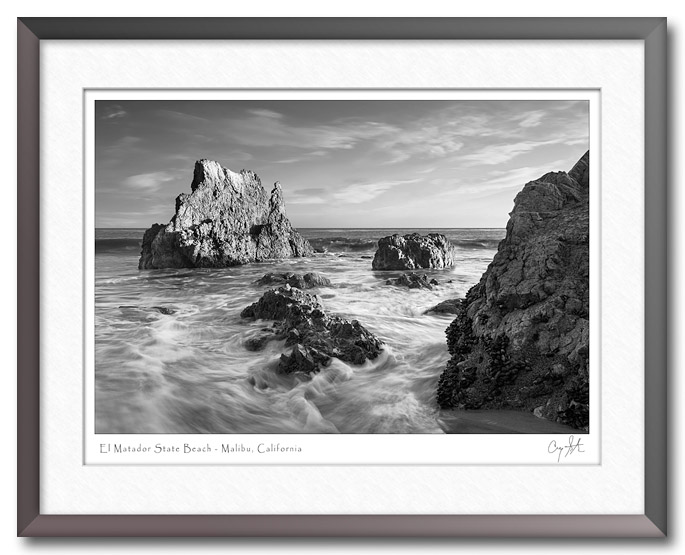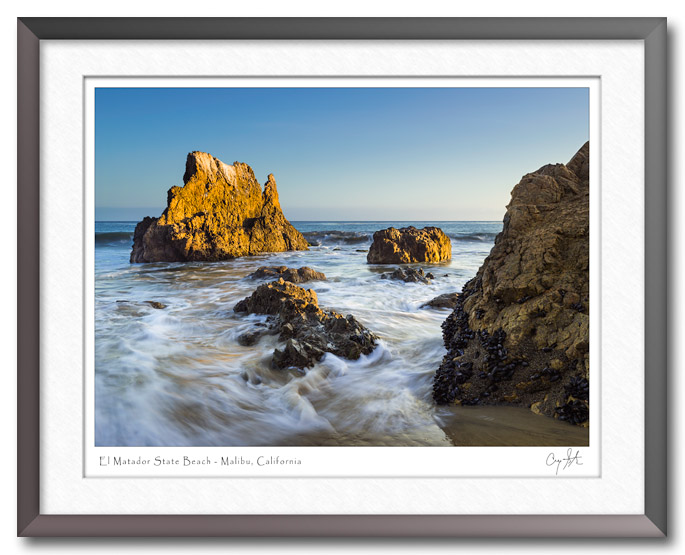Landscape photographers generally do most of their work at sunrise or sunset. Of course, one reason is the colorful sky that you may get if the clouds are just right, but that’s not the only reason. Consider the three photos below. All three were taken looking north from the Bryce Point overlook at Bryce Canyon National Park. All are cropped to show roughly the same view. Notice how different they are. All three have been adjusted and optimized in Photoshop.

The first photo above is mid-afternoon. The sun is still high in the sky and behind me over my left shoulder. Since the photo was taken with a fairly wide angle lens, you can see the difference in lighting on the left side of the photo versus the right side. On the right side, the sun is directly behind me, so there are very few, if any, shadows to show the texture in the hoodoos. On the left side, the light is more from the side, so the shadows help to define the hoodoos and spires. The colors are OK, but the harsh lighting doesn’t help the colors at all.

Now consider the second photo taken a couple days later at sunrise. In this photo, the sun is coming from the right at a very low angle. The combination of the side and low lighting really brings out the texture and you can see every hoodoo. Notice also how the colors are much richer. The early morning sun is much warmer in color, more of a yellow-red color, and that really makes the red colored limestone pop. Also, notice how the valley that runs diagonally from lower-left to upper-right is much more clearly defined. Compared to the mid-day photo, I think it’s quite an improvement.

Lastly, consider the photo above taken at sunset. In fact, it was taken the same day as the mid-day photo, but about five hours later. The canyon is completely in shadow, so there isn’t any harsh lighting. But, the light still has some direction so the hoodoos have shape and dimension. As an added bonus, the clouds that were just on the horizon at mid-day have now moved across the northern sky, and the setting sun is really doing a great job lighting them up. As a result, the canyon is actually being lit by the glowing red clouds in the distance, and that helps to accentuate the red colors in the limestone formations.
All three photos are an accurate representation of what I saw when I was standing at the overlook. But, I’d much rather have the sunset photo hanging on my wall. It’s the same canyon, but it sure looks better.







